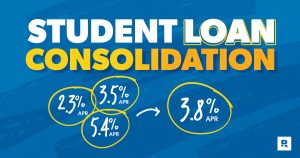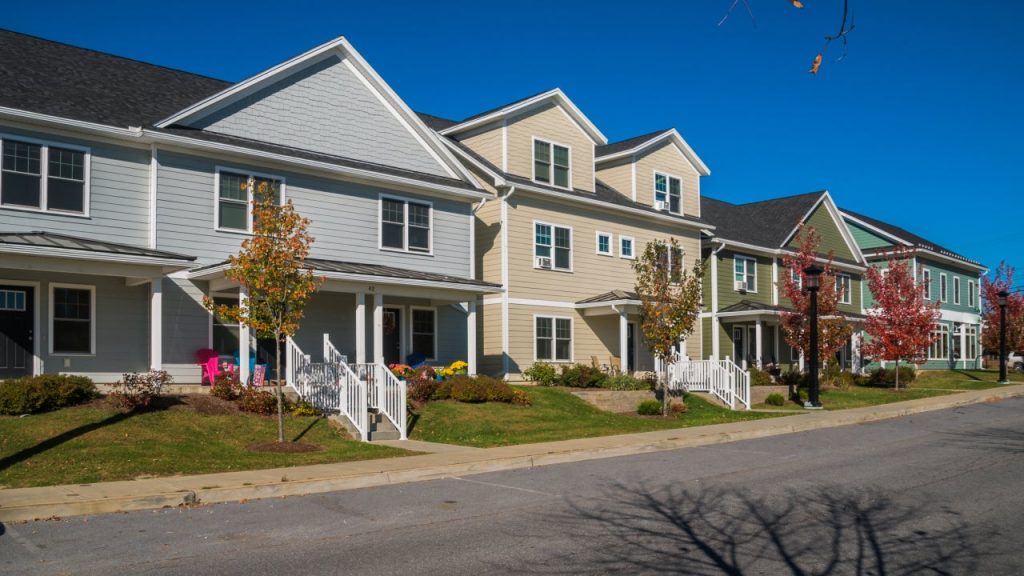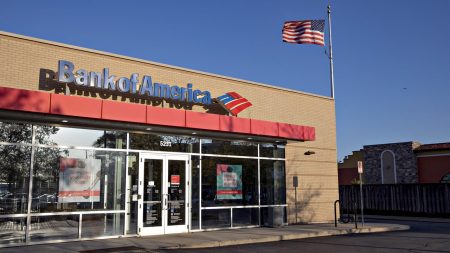KenWiedemann/Getty Images
Our writers and editors used an in-house natural language generation platform to assist with portions of this article, allowing them to focus on adding information that is uniquely helpful. The article was reviewed, fact-checked and edited by our editorial staff prior to publication.
Key takeaways
- HomeReady mortgages are a type of conventional loan backed by Fannie Mae for lower-income borrowers.
- They offer a low 3% down payment option and reduced mortgage insurance premiums, and allow rental income to be included in the loan application.
- But to qualify, your income can’t exceed more than 80% of your area’s median income, and you’ll pay mortgage insurance premiums.
What is a HomeReady mortgage?
A HomeReady mortgage is a type of conventional loan that helps lower-income borrowers buy homes. To qualify, your income can’t exceed 80 percent of the median income in the area you plan to purchase in.
The main draw of a HomeReady loan is its low down payment requirement: just 3 percent of the home’s purchase price. That down payment can come from a variety of sources, such as gifts from family or friends and assistance grants.
HomeReady loans are backed by Fannie Mae, a government-sponsored enterprise (GSE), but they’re funded by mortgage lenders. You’ll apply for and close the mortgage through a bank, credit union, savings and loan or other mortgage lender.
Bankrate tip
For HomeReady loans that close between March 1, 2024 through Feb. 28, 2025: Fannie Mae is offering a $2,500 credit to HomeReady borrowers with incomes at 50 percent or less of their respective area median incomes. This credit can be put toward your down payment or closing costs.
HomeReady loan terms
A HomeReady loan is often a 30-year fixed-rate mortgage, but it’s also available in 10-, 15- and 20-year fixed-rate terms. There is also an adjustable-rate version, available in five-, seven- and 10-year adjustable-rate terms.
HomeReady loan property types
HomeReady mortgages can be used either to buy a home or to refinance a current mortgage.
However, it can only be used for primary residences — the home you live in most of the year. You can use it for a single-family home or eligible condo, co-op or manufactured home.
A duplex, triplex or four-unit property can also count, provided you live in one of the units as your primary residence.
Who qualifies for a HomeReady Loan?
To qualify for a HomeReady mortgage, you’ll need:
- A 620 minimum credit score
- A 3 percent down payment
- Income at or below 80 percent of the area median income (AMI); you can use this tool to check AMI limits in your location
- A debt-to-income (DTI) ratio of no more than 45 percent (or up to 50 percent depending on circumstances)
If you’re a first-time homebuyer, you’ll also need to complete a homebuyer education course.
You can currently have one other financed property to your name (in addition to the one you’re buying), per Fannie Mae guidelines. As previously mentioned, the loan has to be for your primary residence.
You might still qualify for a HomeReady loan, even if you don’t meet the thresholds, so it’s always worth talking to a loan officer.
Benefits of HomeReady mortgages
Here are some of the benefits of a HomeReady loan:
- Low down payment: HomeReady mortgages only require 3 percent down, and those funds don’t have to come from your personal savings. You can use gifts from relatives or friends, for example.
- Reduced mortgage insurance: With conventional loans, you’re required to pay mortgage insurance premiums if you put less than 20 percent down. The HomeReady program lowers these premiums for borrowers who put less than 10 percent down. On top of that: You can request to cancel the premiums once you’ve paid down enough of the mortgage to have achieved 20 percent equity in the home.
- Rental income on your application: When you apply for a HomeReady loan, you can include projected rental income as part of your qualifying income, thus boosting your approval chances. This can be a boon to borrowrs who want the funds for property they’ll both live in and lease, like a duplex or a multi-unit townhouse.
Drawbacks of HomeReady mortgages
- Income limits: Your income cannot be more than surpass 80 percent of your local census tract’s Area Median Income (AMI). The area in question is the one in which the property is situated (so bear that in mind if you’ll be moving to a different county/municipality or across a state line). You can use Fannie Mae’s lookup tool to find out whether or not you qualify based on income.
- Type of property limits: HomeReady loans cannot be used to purchase a second or vacation property.
- Loan size limits: The loan size is based on the property for purchase. Loan amounts begin at $75,000 and go up. For example, you can borrow up to $1,089,300 for a one-unit home and as much as $2,095,200 for a four-unit property. However, you should check the maximum county limit before applying for a loan.
HomeReady vs. Home Possible mortgages
Home Possible is a similar program to HomeReady, but it’s backed by Freddie Mac instead of Fannie Mae. Both loans are designed for lower-income borrowers.
The key difference: If you’re buying a single-family home at a fixed rate, you’ll need a credit score of at least 660 for a Home Possible loan. You can buy the same type of home with a credit score as low as 620 with a HomeReady mortgage.
HomeReady vs. FHA loans
HomeReady loans are just one type of low-down payment mortgage. FHA loans also have a lower down payment minimum. Here’s how they compare:
HomeReady mortgage |
FHA loan |
|
|---|---|---|
| Credit score minimum | 620 | 580 (or 500 with 10% down) |
| Down payment minimum | 3% | 3.5% |
| DTI maximum | 45% (up to 50% in some cases) | 43% (up to 57% in some cases) |
| Income limits | At or below 80% of area median income | None |
| Mortgage insurance | Can cancel at 20% equity | Can’t cancel (in most cases) |
| Property types | 1- to 4-unit primary residence | 1- to 4-unit primary residence |
HomeReady offers conventional loans, which are not guaranteed or insured by a government agency. An FHA loan, on the other hand, is insured by the Federal Housing Administration. You won’t obtain an FHA loan through the FHA; instead, you’ll apply for and close via a private lender, similar to a HomeReady loan.
Both loans also require you to pay mortgage insurance, but with an FHA loan, you’ll pay these premiums the entire term of your mortgage (unless you put more than 10 percent down, in which case it is canceled after 11 years). With a HomeReady loan, you can cancel these premiums once you’ve paid down 20 percent of your home’s value.
You can use either a HomeReady or FHA loan to buy a primary residence of up to four units. You can’t use either type of loan for a second or vacation home, nor an investment property unless you live in one of the units.
Of the two, however, FHA loans are more flexible in terms of credit and income. You can qualify for an FHA loan with a credit score as low as 580, or 500 if putting at least 10 percent down. Unlike HomeReady, there are no income restrictions with an FHA loan.
Both mortgages have some leeway with the DTI ratio — but again, the FHA loan is more generous. With an FHA loan, lenders look for a DTI of no more than 43 percent, but have room to run up to 57 percent if circumstances allow. On a HomeReady loan, the ideal DTI maximum is no more than 45 percent, but could extend up to 50 percent in some cases.
Additional reporting by Maya Dollarhide
FAQ
Read the full article here












